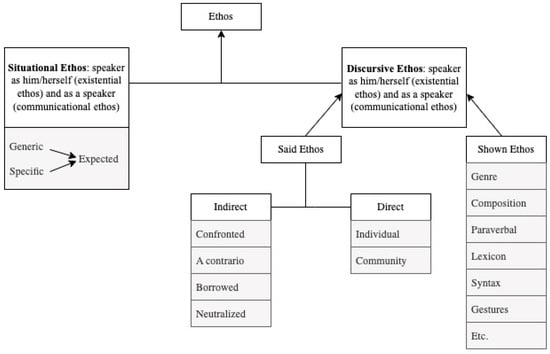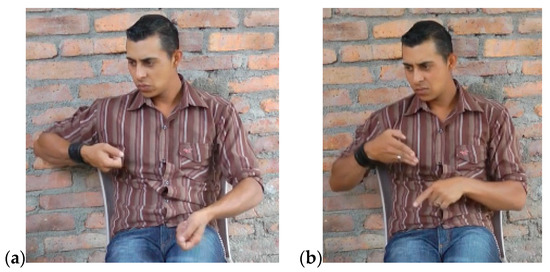Languages 2022, 7(3), 168; https://doi.org/10.3390/languages7030168 - 4 Jul 2022
Cited by 1 | Viewed by 4081
Abstract
Positioned in a specific curriculum context, yet universal in its rationale, this paper illustrates how over the course of one term, student teachers experiment with designing and teaching language learning activities that foster plurilingual competence of young learners of English, while following the
[...] Read more.
Positioned in a specific curriculum context, yet universal in its rationale, this paper illustrates how over the course of one term, student teachers experiment with designing and teaching language learning activities that foster plurilingual competence of young learners of English, while following the Framework of Reference for Pluralistic Approaches to Languages and Cultures. It presents two practical teaching examples (one for primary and one for secondary school level) not only to showcase the great learning and motivational potential of pluralistic tasks employed in L3 English classrooms but also to bear testimony to the creativity and plentiful resources today’s pre-service language teachers themselves bring into their multilingual classrooms if encouraged and opened up to such a practice. Based on the FREPA descriptors, the paper evaluates the developed teaching material to discuss implications for pre- and in-service training of teachers working with young learners of diverse linguistic and cultural backgrounds.
Full article
(This article belongs to the Special Issue Learning and Teaching of English in the Multilingual Classroom: English Teachers’ Perspectives, Practices, and Purposes)





